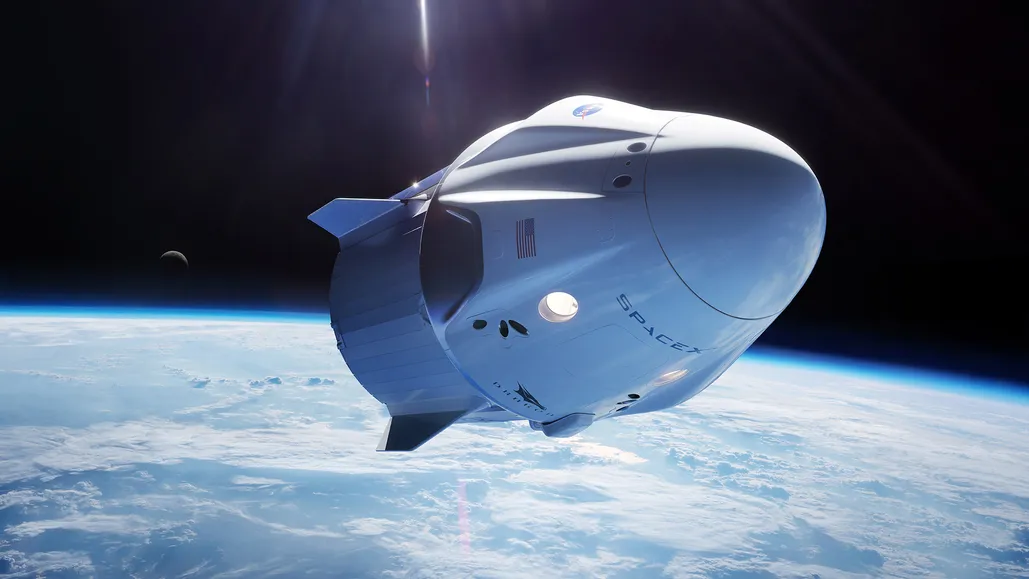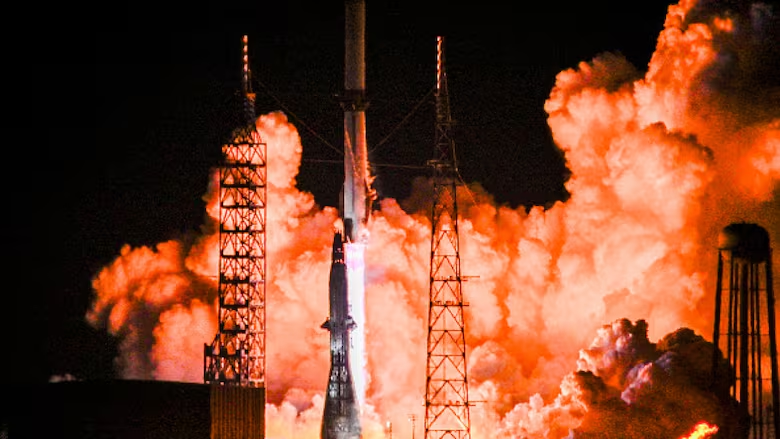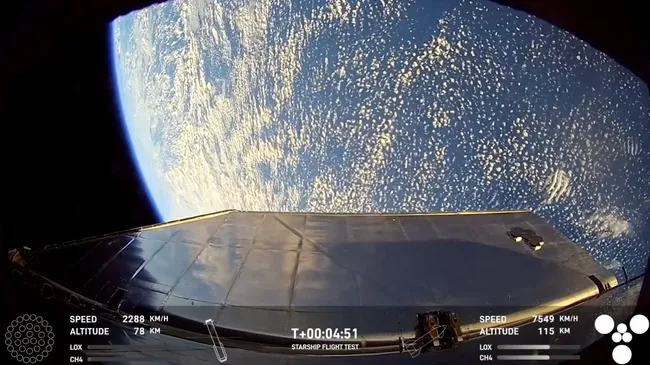A dazzling fireball seen over four U.S. states is believed to result from the atmospheric reentry of a SpaceX Starlink satellite.
On Saturday night (Nov. 9), shortly after 10:00 p.m. Central Standard Time (11:00 p.m. EST or 0400 GMT on Nov. 10), dozens of observers reported spotting what appeared to be a meteor. The American Meteor Society received 36 separate reports describing the bright fireball as it traveled across Colorado, Kansas, Texas, and Oklahoma, with most sightings clustered near Oklahoma City and the Dallas-Fort Worth area.
This phenomenon, however, is suspected to have been more than just an ordinary meteor. It is likely that the fireball was SpaceX’s Starlink-4682 satellite, one of 54 satellites launched in 2022 as part of the Starlink 4-23 mission.
Astronomer and satellite tracker Jonathan McDowell from the Harvard–Smithsonian Center for Astrophysics indicated that the bright object was likely a Starlink satellite disintegrating in Earth’s atmosphere during reentry.
The satellite, identified as Starlink-4682, seems to have reentered along a path over Idaho, Wyoming, Colorado, and Oklahoma, with many people reporting sightings. McDowell shared this information on X on Nov. 10.
Eyewitness accounts submitted to the American Meteor Society (AMS) described the fireball as extraordinary. ‘Best sighting ever!’ remarked Kevin W. from McKinney, Texas.
Another witness from Canton, Texas, shared, ‘The most incredible thing I’ve seen in a long time.
Several witnesses described the fireball breaking into smaller, fiery fragments as it traveled through the sky. ‘It appeared as a glowing area that transformed into a large, fragmented fireball,’ reported Ryan T. from Kaufman, Texas.
With Starlink reentries becoming more frequent as SpaceX continues regular launches, some astronomers and environmental scientists have expressed concern about their potential impact on Earth’s atmosphere. During reentry, these satellites release aluminum oxide, which may harm the ozone layer and alter the upper atmosphere’s temperature by affecting its sunlight-reflecting abilities. ‘Without action, we could see global impacts within the next decade,’ warned Minkwan Kim, an associate professor of astronautics at the University of Southampton.
Though reentries occasionally create fireballs visible from the ground, many go unnoticed. In fact, according to McDowell, a Starlink satellite reenters Earth’s atmosphere almost daily, sometimes with multiple reentries occurring in a single day.




Leave a Reply